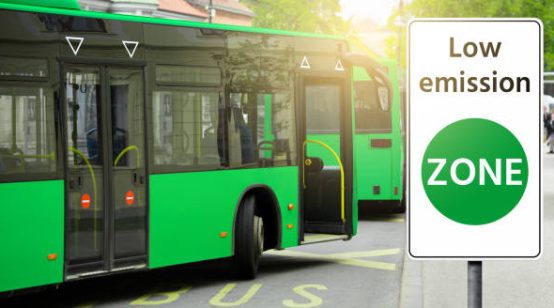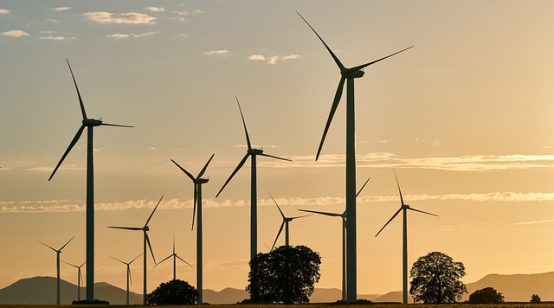
The world’s most powerful wind turbine is being built by a Swedish firm off the coast at Aberdeen in northwest Scotland. Eleven turbines are planned for the European Offshore Wind Deployment Centre, Scotland’s largest offshore wind site, due to be operational by September.
The Swedish state-owned firm Vattenfall, part-funded by the European Union, is developing the €330-million project to generate more than 70 per cent of Aberdeen’s residential electricity demand, and 23 per cent of its total requirements.
A single propellor rotation is estimated to be capable of powering an average house for a day.
Vattenfall, which is currently aiming to become EU’s the top operator of plug-in electric vehicle charging stations over the next five years, has made the 8.4 megawatt (MW) turbines which are 191 metres high, over half the height of the Shard in London, Europe’s tallest building.
Donald Trump challenged the project legally because it would visible from his Scottish golf course.
“The average size of offshore wind turbines installed last year was 5.9 MW but GE [General Electric] recently announced the development of a 12 MW turbine, which is enormous,” said Andrew Canning of lobby group Wind Europe. Larger turbines capture more energy because wind generally moves faster at higher altitudes.
Vattenfall’s blade rotor diameter is 164 metres, the blade length is 80 metres and the tip height is 187 metres. The new Haliade X from GE has a rotor diameter of 220 metres and a blade tip height of 260 metres.
Last year Norwegian firm Statoil built the world’s first floating wind farm at the €220-million Hywind project, further north up the Scottish coast at Peterhead, using an underwater ballast at a depth of 78 metres and three tethers attached to the seabed to keep the turbines solid. It has since withstood two winter storms and exceeded output expectations.
“We can install turbines further out to sea than we could before, where the wind speeds are higher. They also open up new sea beds – such as the Mediterranean and Atlantic – which were too deep for traditional offshore wind,” said Canning. Nine floating projects, with a total capacity of 338 MW, are due to be commissioned by 2021 off the coasts of France, the UK, Ireland and Portugal.
Vattenfall uses “suction bucket foundations” to hold the turbines in place at a lower cost than conventional foundations. It involves an upturned steel “bucket” that is lowered into the seabed, using a suction technique to create quicksand where it digs in.
The site is due to meet 70 per cent of Aberdeen’s domestic demand. Picture credit: Wikimedia





